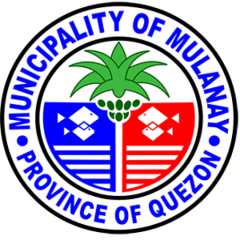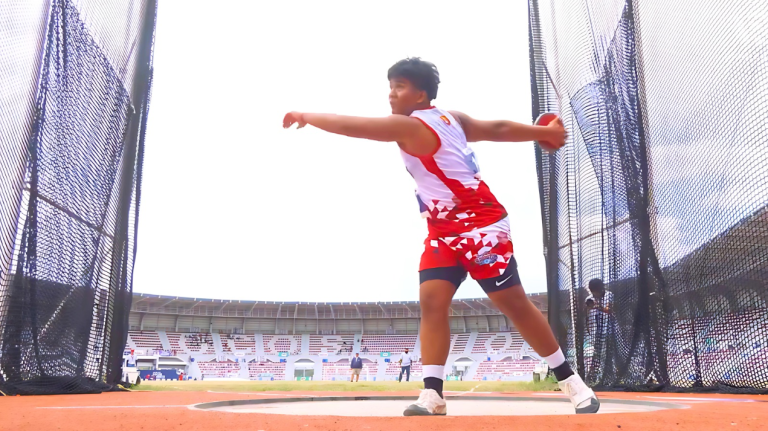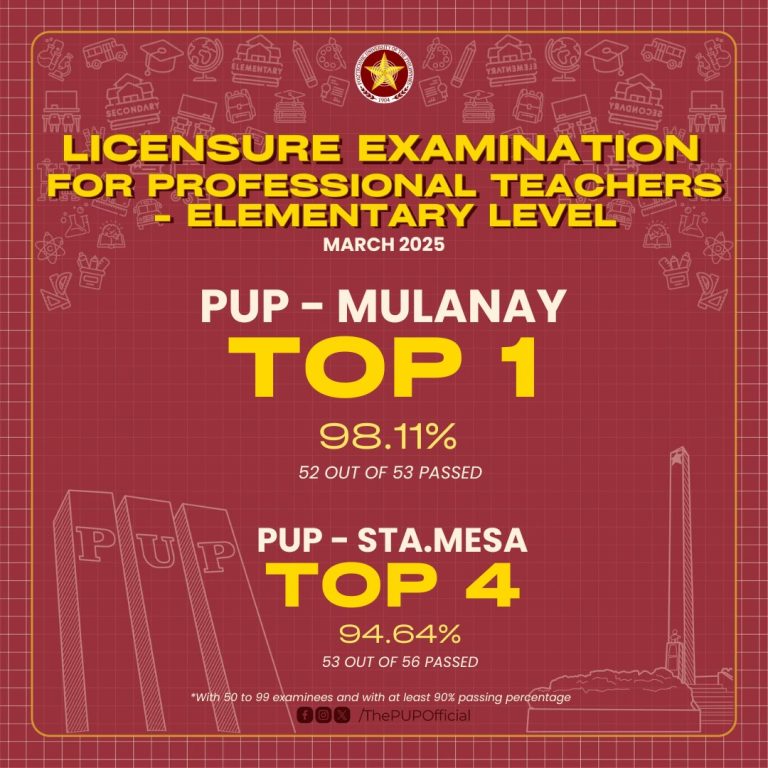Mulanay, Quezon, like many coastal municipalities in the Philippines, is increasingly vulnerable to the impacts of climate change and natural disasters. To address these challenges effectively, a comprehensive Climate and Disaster Risk Assessment (CDRA) was conducted using the HLURB 2015 Supplementary Guidelines. This assessment aimed to evaluate the municipality’s susceptibility to climate-related hazards, identify potential risks, and develop strategies for mitigation and adaptation.
Key Findings and Recommendations
The CDRA for Mulanay revealed several critical findings:
- Geohazard Risks: The municipality is prone to various geohazards, including floods, landslides, and coastal erosion. The MGB-IV CALABARZON Geohazard Mapping and Assessment Team has identified specific areas at high risk, as depicted in the accompanying geohazard map.
- Climate Change Impacts: Climate change is exacerbating these risks, with rising sea levels, more frequent and intense typhoons, and changes in rainfall patterns. These impacts pose significant threats to agriculture, fisheries, infrastructure, and human settlements.
- Vulnerable Sectors: Certain sectors, such as agriculture, tourism, and coastal communities, are particularly vulnerable to climate change and disasters. These sectors rely heavily on natural resources and are exposed to direct impacts, such as crop damage, property losses, and livelihood disruptions.
- Priority Decision Areas: The CDRA identified several priority decision areas where targeted interventions can be implemented. These areas include coastal protection, disaster preparedness and response, sustainable agriculture, and climate-resilient infrastructure development.
Recommendations
Based on the assessment findings, the following recommendations are proposed:
- Strengthening Disaster Risk Reduction and Management: Develop and implement a comprehensive Local Disaster Risk Reduction and Management Plan (LDRRMP) that incorporates climate change considerations.
- Promoting Sustainable Land Use Planning: Integrate climate change and disaster risk factors into the Comprehensive Land Use Plan (CLUP) to guide development in vulnerable areas.
- Investing in Climate-Resilient Infrastructure: Prioritize the construction and rehabilitation of infrastructure, such as roads, bridges, and drainage systems, that can withstand climate-related impacts.
- Supporting Sustainable Agriculture and Fisheries: Promote climate-smart agricultural practices and develop sustainable fisheries management strategies to enhance resilience.
- Enhancing Coastal Protection: Implement coastal protection measures, such as mangrove reforestation and seawall construction, to mitigate the effects of erosion and storm surges.
- Raising Awareness and Building Capacity: Conduct public awareness campaigns to educate communities about climate change and disaster risks, and build their capacity to adapt and respond effectively.
The CDRA for Mulanay provides a valuable foundation for informed decision-making and effective climate change and disaster risk management. By implementing the recommended strategies, the municipality can enhance its resilience, protect its valuable resources, and ensure a sustainable future for its communities.














